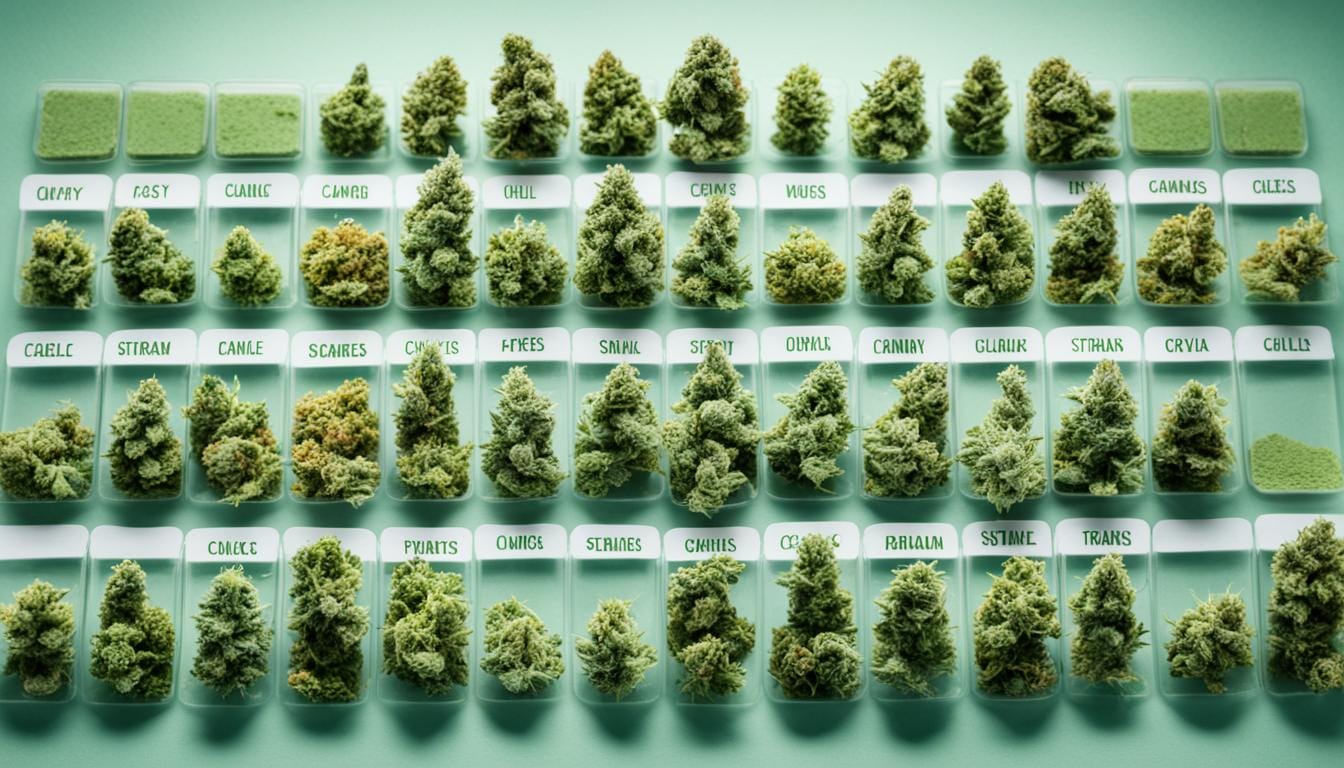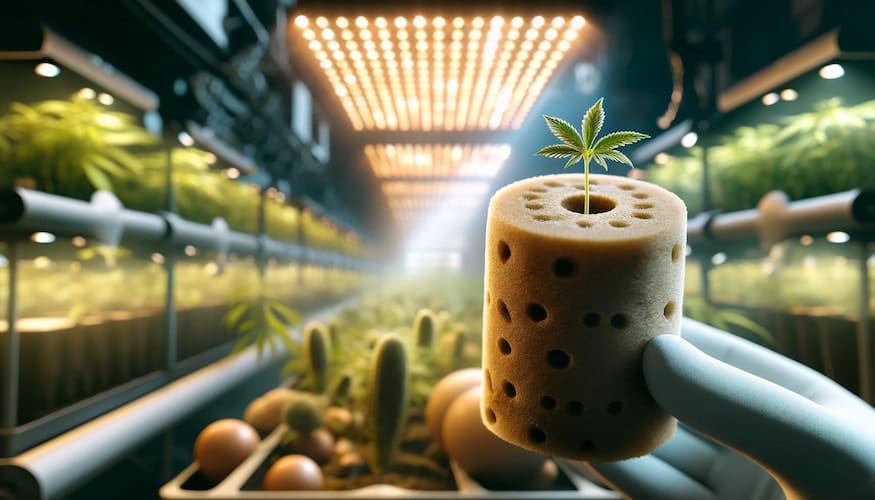Discover top mold-resistant feminized cannabis strains perfect for growers facing humidity challenges. Optimize yield with the best genetics for damp climates!
Master the Art: How to Dry Your Seeds Efficiently
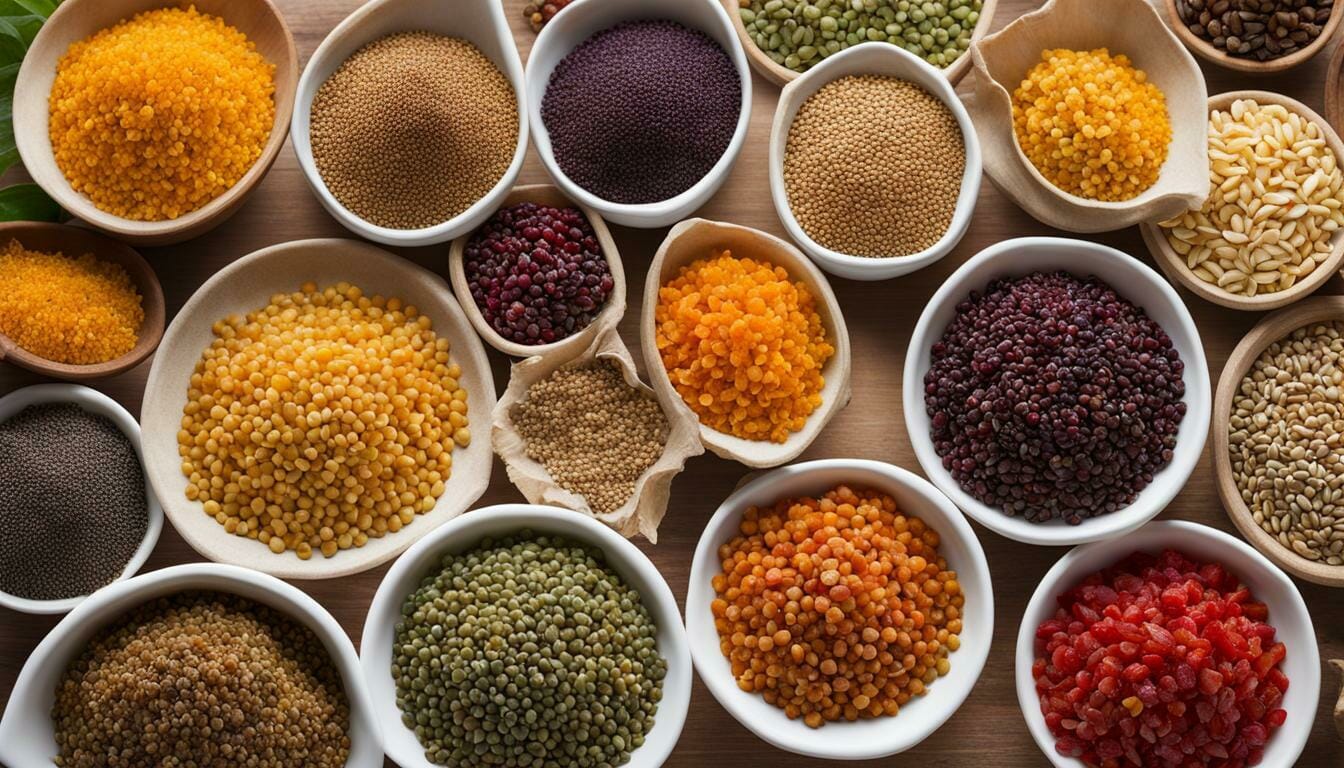
If you are new to seed saving, learning how to dry your seeds is an essential step. Seed drying helps to remove excess moisture, preventing mold, rot, and other issues that can reduce seed viability. It also allows for easier storage and long-term preservation, ensuring your seeds will be available for future planting.
There are several different techniques and methods for drying seeds, depending on the type of plant and seed. In this guide, we will provide tips and guidance on how to air dry seeds, using desiccants, heat, or low humidity environments, and more.
Whether you are a seasoned gardener or just starting out, this guide will provide you with valuable information on how to dry your seeds efficiently and effectively.
Key Takeaways:
- Properly drying seeds is essential for maintaining their viability and ensuring successful germination.
- Removing excess moisture prevents mold, rot, and other issues that can compromise the quality of your seeds.
- Seed drying allows for easier storage and long-term preservation.
- There are various techniques and methods for drying seeds, including air drying, using desiccants, heat, or low humidity environments, and more.
- This guide will provide tips and guidance on how to dry your seeds efficiently and effectively.
Before we dive into the specifics of seed drying methods, it’s essential to understand why this process is so crucial. Properly drying seeds is vital for seed preservation and successful germination. By removing excess moisture, you can prevent mold, rot, and other issues that can compromise the quality of your seeds.
Drying seeds is also essential for long-term storage. When seeds are not dried correctly, they can develop moisture pockets that can lead to spoilage or damage during storage. Proper drying techniques ensure that seeds remain dry and can be stored for extended periods without losing their viability.
Effective seed drying methods are necessary for gardeners who want to preserve their seeds for future use. Without proper preservation methods, seed diversity is at risk of being lost, leading to the loss of unique plant species.
Seed drying methods are necessary for maintaining seed viability and preserving biodiversity. By following the techniques and tips outlined in this guide, you can ensure that your seeds remain healthy and preserve the diversity of plant species for future generations.
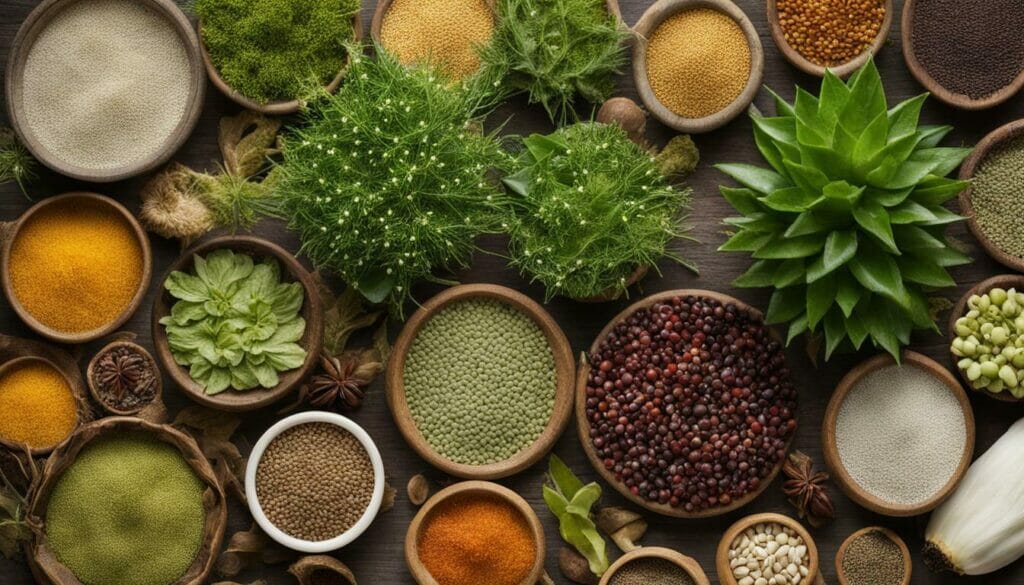
Harvesting Seeds
Harvesting seeds for drying is a crucial step in ensuring successful seed preservation. Depending on the type of plant, it’s essential to select the optimal time for harvesting and ensure the seeds are in the best possible condition before drying. Here are some tips and techniques for harvesting seeds for drying:
- Timing: It’s important to harvest seeds at the right time. Some seeds need to be fully mature before they are harvested, while others should be slightly dry. Research the specific plant variety you are working with to determine the ideal harvesting time.
- Picking: When harvesting seeds, it’s important to select healthy, undamaged specimens. Avoid picking seeds that are discolored, shriveled, or diseased.
- Drying: After you have harvested the seeds, it’s essential to ensure they are in good condition before drying. Remove any excess plant debris and allow the seeds to dry for a few days in a warm, dry place. This will help prevent the growth of mold and other issues during the drying process.
- Storage: If you are not ready to dry the seeds immediately, they can be stored in a cool, dry place for a short period. Be sure to label the seeds with the date and plant species to avoid confusion when it’s time to dry them.
Following these tips for drying seeds will ensure your seeds are in optimal condition for the drying process and will yield the best results.
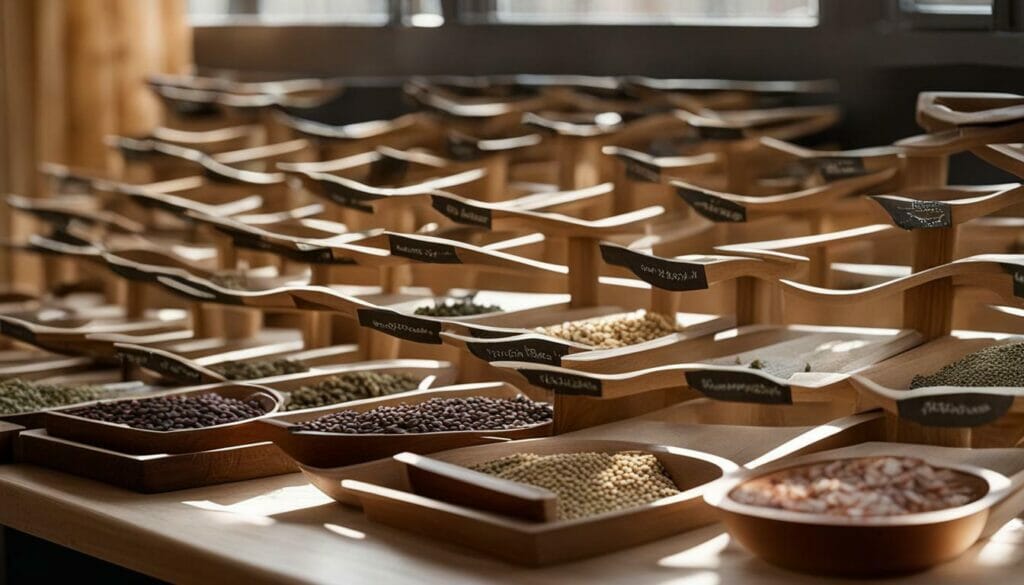
How to Dry Your Seeds
Before you can start drying your seeds, it’s essential to ensure they are clean and free from any debris or plant material. This will not only help prevent contamination but also ensure maximum seed viability.
Start by removing any large pieces of plant material from the seeds, such as stems, leaves, or flowers. You can do this by hand or by using a sieve or a screen.
Next, rinse the seeds thoroughly with clean water, removing any dirt or dust particles. You can place the seeds in a fine-mesh strainer or colander and run them under running water, making sure to agitate the seeds gently to remove any remaining debris.
For stubborn or hard-to-remove debris, you can soak the seeds in clean water for a few minutes, then rinse them again. Once the seeds are clean, gently pat them dry with a clean towel or paper towel.
It’s also important to ensure that the seeds are fully dry before proceeding with the drying process. Even a small amount of moisture can lead to mold or other issues during storage. To check if the seeds are dry, you can perform a simple test by bending a few seeds in half. If they snap easily without bending, they are dry and ready for the next step.
Applying seed preservation techniques and seed drying best practices during the cleaning process will ensure that your seeds are in excellent condition for drying and ultimate germination.
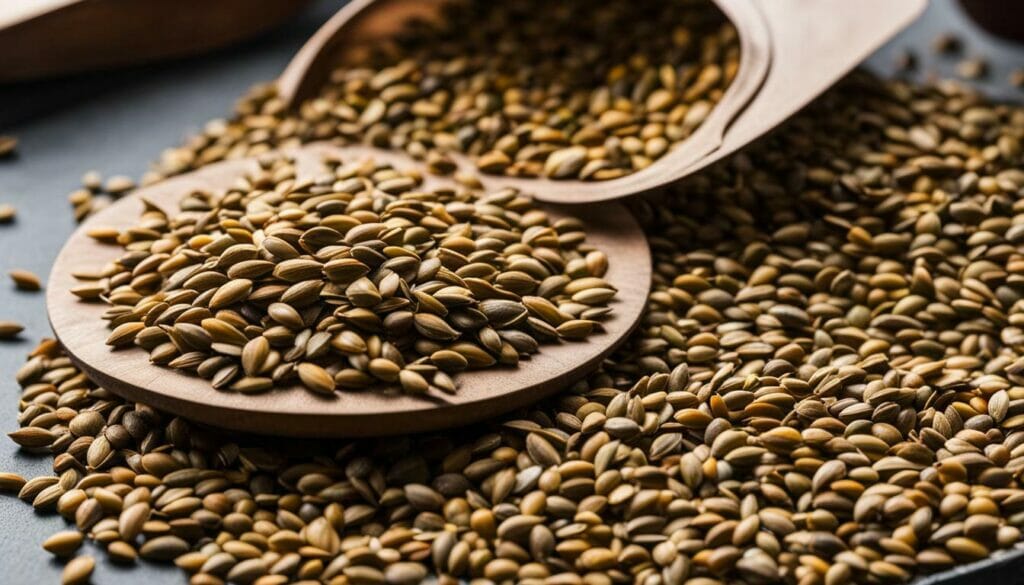
Air Drying Seeds
One of the most common and easy methods for drying seeds is air drying. This method is ideal for a wide range of seeds and can be easily implemented at home. Follow these seed drying steps and best practices for optimal results.
How to Air Dry Seeds
The first step in air drying seeds is to spread them out in a single layer on a clean, dry surface. This can be on a screen, paper towel, or a flat tray. Be sure to label the drying surface with the name of the plant and the date of drying to avoid confusion.
Place the drying surface in a warm, dry, and well-ventilated area. You can choose an indoor location or an outdoor one, as long as it’s protected from direct sunlight and moisture. It’s important to avoid humid areas, as excess moisture can lead to mold and rot.
Leave the seeds to air dry for several days to a week, depending on the type of seed and its moisture content. Be patient and don’t rush the process.
Seed Drying Best Practices
For optimal results, the seeds should be fully dry and hard before you store them. You can test this by cracking a seed with your teeth or fingernail. If it cracks without bending, it’s dry enough. If it bends, it needs more time to dry.
Once the seeds are dry, remove any remaining plant material or debris and transfer them to a clean, airtight container for storage. Ensure the container is moisture-free and away from direct sunlight.
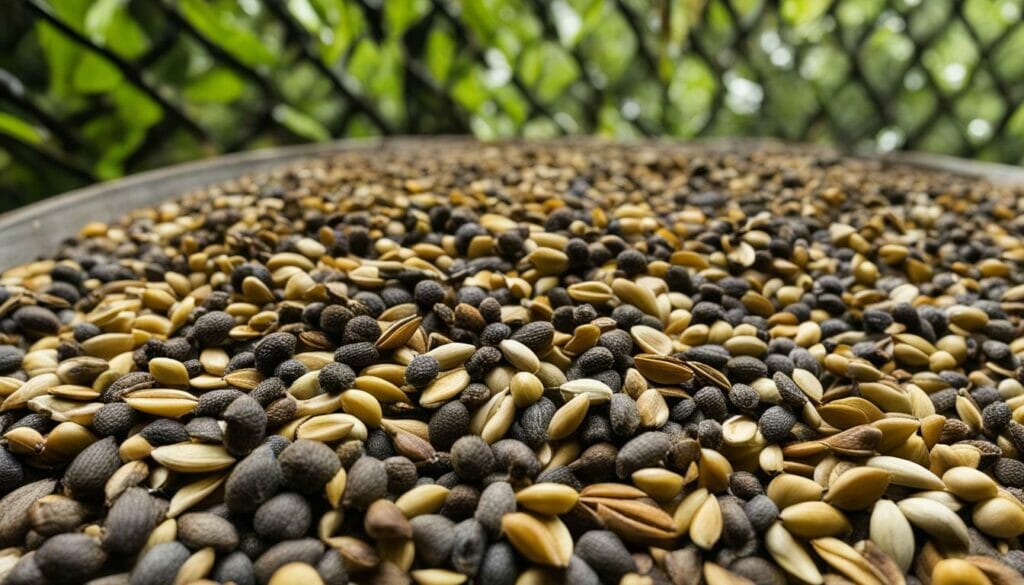
Following these seed-drying steps and best practices will ensure the longevity and viability of your seeds. Air drying is an easy and efficient method that can be used for most types of seeds. Keep in mind the ideal conditions for drying and remember to be patient throughout the process.
Alternative Seed Drying Methods
While air drying is the most common and straightforward method for drying seeds, there are alternative techniques you can explore. These methods can be useful for specific seed types or when air drying is not feasible.
Desiccant Drying: Desiccants are materials that absorb moisture from their surroundings. Silica gel, rice, and cornmeal are common desiccants used for drying seeds. To use this method, place a layer of desiccant at the bottom of an airtight container, put a drying rack on top, and place your seeds on the rack. Seal the container and leave it for a few days until the seeds are dry.
Heat Drying: Heat drying is ideal for seeds that are difficult to dry, such as large and dense seeds. You can use an oven or heat lamp to dry the seeds. Spread the seeds in a single layer on a baking sheet and place them in the oven preheated to the lowest setting (usually around 140°F). Leave the door slightly ajar to allow moisture to escape. Check the seeds frequently and remove them from the oven when they are dry. Avoid overheating the seeds, which can reduce their viability.
Low Humidity Environment: Seeds can be dried in low humidity environments, such as a room with a dehumidifier or a heated space with low moisture. Spread the seeds in a single layer on a tray or drying rack, and place them in the low humidity environment. Leave the seeds for a few days until they are dry, and then store them in airtight containers.
When using alternative drying methods, be sure to monitor the seeds closely to avoid under or over-drying. Always strive for the appropriate drying time and temperature for your specific seeds.
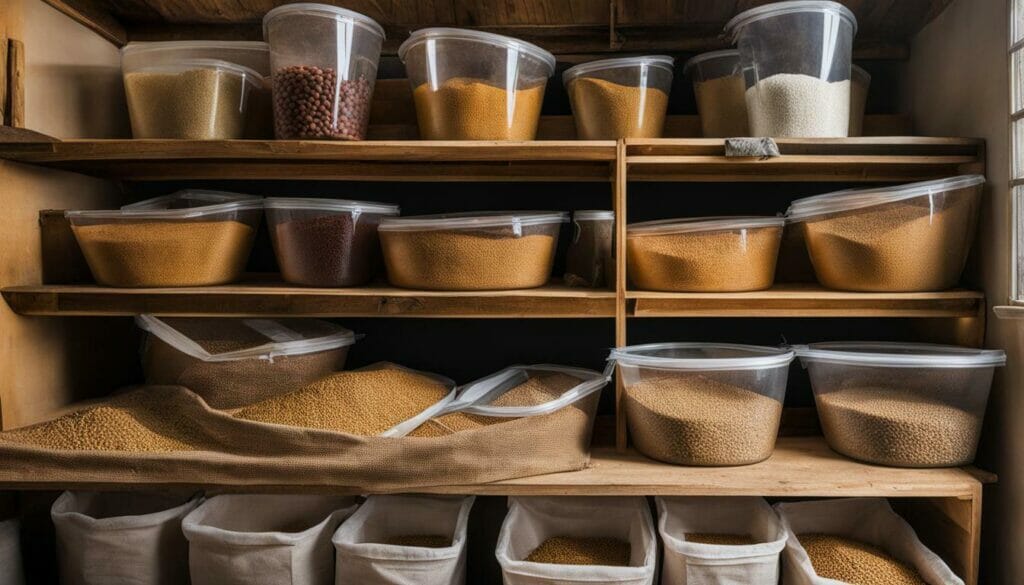
How To Store Seeds
After you have dried your seeds, it is essential to store them properly to maintain their viability over time. Ideally, you should store your dried seeds in cool, dry, and dark conditions. Seeds can be stored for years under these conditions, but they may lose their viability over time. Using proper seed storage techniques can help to prolong the lifespan of your seeds and ensure they remain viable for longer.
One of the best ways to store seeds is in airtight containers. You can use small jars, plastic or paper envelopes, or mylar bags. Whatever container you choose, it should be completely airtight to prevent moisture or air from getting in. Additionally, consider adding silica gel packets to the container to absorb any residual moisture.
When storing different types of seeds, be sure to label each container with the type of seed and date of collection. This will help you keep track of which seeds are which and when they need to be planted. To further protect your seeds, store them in a cool, dry, and dark location, such as a root cellar or basement.
By storing your seeds properly, you can ensure that they remain viable and ready to plant when the time comes. With the right seed preservation techniques, effective seed drying methods, and drying seeds for storage, you can preserve the genetic diversity of your plants and extend the longevity of your gardening endeavors.
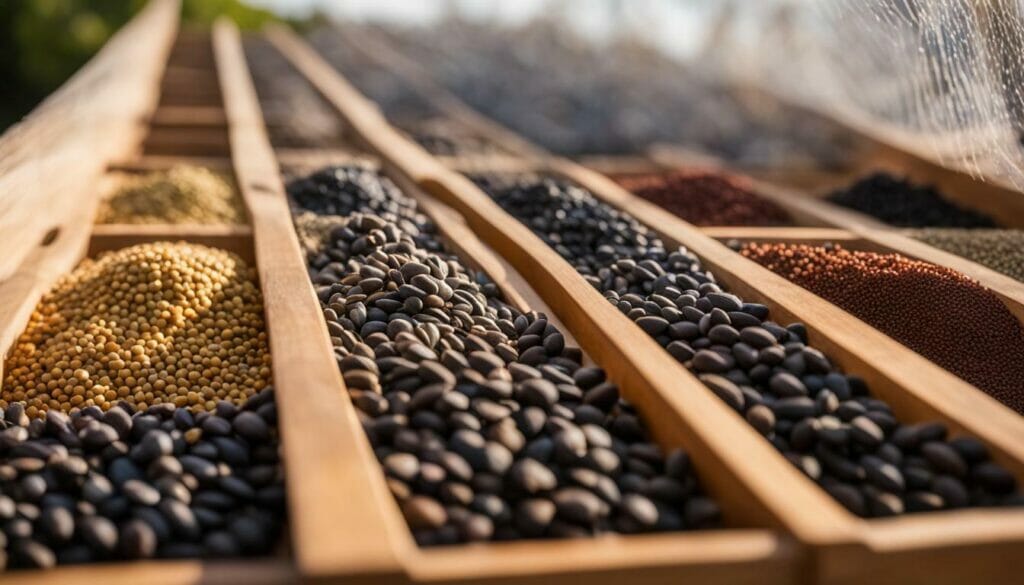
Germination Test
Even though you have followed the proper seed-drying methods, it’s always a good idea to test the viability of your seeds before planting. Testing the germination rate of your seeds will ensure that you only plant those seeds that have the greatest chance of sprouting.
One effective method for testing seed viability is the paper towel test. To conduct this test, moisten a paper towel and place 10 seeds in a row on the towel. Roll up the towel and place it in a plastic bag, leaving it in a warm location for a few days. After a few days, check how many of the seeds have sprouted. This will give you an idea of the germination rate of your seeds.
Another method is the float test, which is useful for testing the viability of larger seeds. Fill a container with water and place the seeds in the water. Discard any seeds that float as these are not viable. The ones that sink are viable and ready to be dried and stored properly.
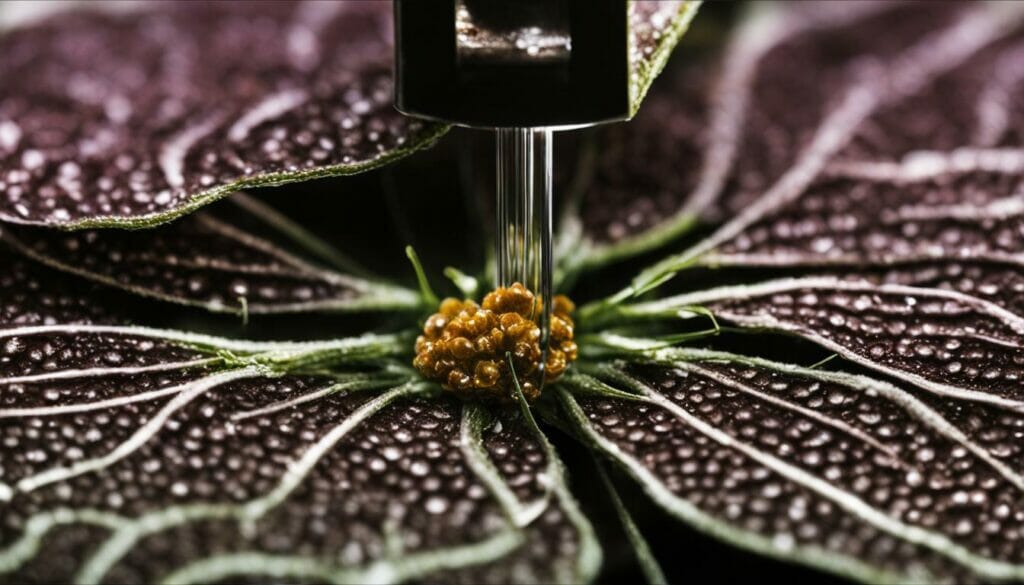
Testing seed viability is an important step in the seed drying process, and it allows you to determine which seeds are worth saving for future planting. By implementing effective seed preservation techniques and proper seed drying methods, you can ensure that your seeds remain viable for years to come.
Troubleshooting Common Seed Drying Issues
Despite our best efforts, sometimes things can go wrong during the seed drying process. Knowing how to troubleshoot common issues is crucial to ensure your seeds are properly dried and preserved.
One common issue is mold growth on seeds. This can occur when seeds are not fully dried before storage or when they are stored in a humid environment. To prevent mold growth, make sure your seeds are completely dry before storing them, and keep them in a cool, dry place. If you notice mold growth on your seeds, dispose of them to prevent spreading the mold to other seeds.
Another issue that can arise is the under-drying or over-drying of seeds. Under-drying can result in seeds that are still too moist, leading to mold or rot during storage. Over-drying, on the other hand, can cause seeds to lose their viability. To avoid these issues, follow the recommended seed drying methods and check your seeds regularly during the drying process.
If you encounter any other issues during the seed drying process, don’t hesitate to experiment with different techniques or seek advice from experienced gardeners. With patience and persistence, you can successfully preserve your seeds for future planting.
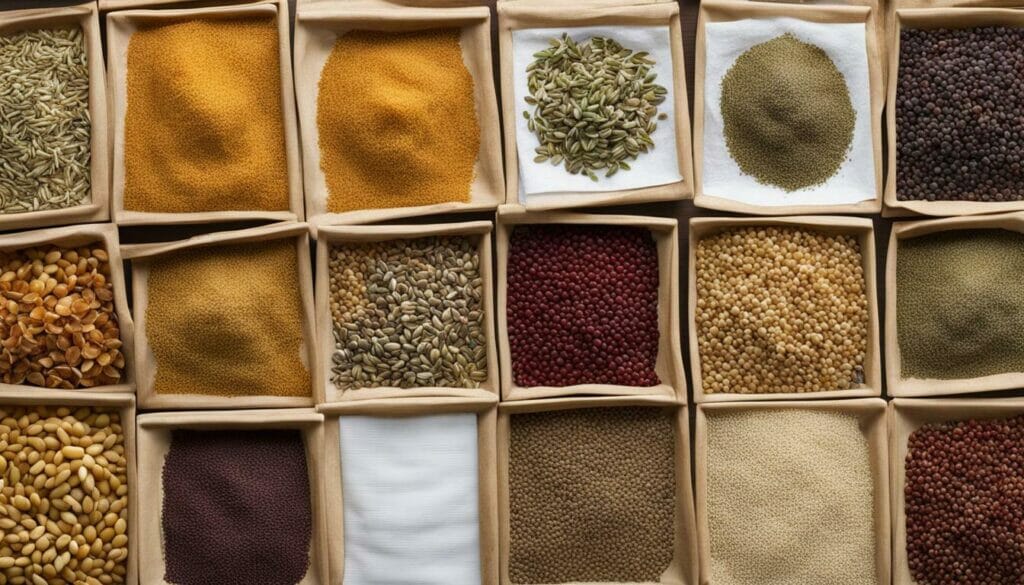
The key to successful seed drying is patience and attention to detail. By taking the time to properly dry and store your seeds, you can ensure a bountiful and diverse garden year after year.
Tips for Seed Saving and Preservation
Seed saving is a critical aspect of gardening, contributing to the preservation of plant diversity and reducing dependence on commercially available seeds. Effective seed drying methods are essential for maintaining seed viability and ensuring successful germination in the future. Here are some tips to consider as you embark on your seed-saving journey.
- Choose healthy plants: Start with healthy, disease-free plants to ensure the best quality seeds.
- Allow plants to mature: Wait until the plants have matured fully before harvesting the seeds. Seed maturity varies by plant, so research the specific plant’s seed harvesting guidelines.
- Collect seeds at the optimal time: Collect seeds when they are fully ripe, dry, and ready to fall naturally from the plant. Do not collect seeds that are still green or moist.
- Avoid cross-contamination: Prevent cross-breeding by isolating different plant varieties from one another or by hand-pollinating.
- Store seeds correctly: Once you have dried the seeds, store them in a dry, cool place, away from light and humidity. Use airtight containers to prevent moisture ingress.
- Try different drying methods: Experiment with different seed drying techniques, including air drying, using desiccants, or using low humidity environments to determine the most effective method for your seeds.
- Test seed viability: Before planting, assess the germination rate of your seeds to ensure optimal results.
- Share your seeds: Pass on your dried seeds to friends, family, or local seed exchanges to spread the diversity and enhance the genetic pool of plants.
By implementing these seed preservation techniques and employing effective seed drying methods, you can start building your seed bank and contribute to the preservation of plant diversity. Join the growing community of seed savers and make a positive impact on our environment!
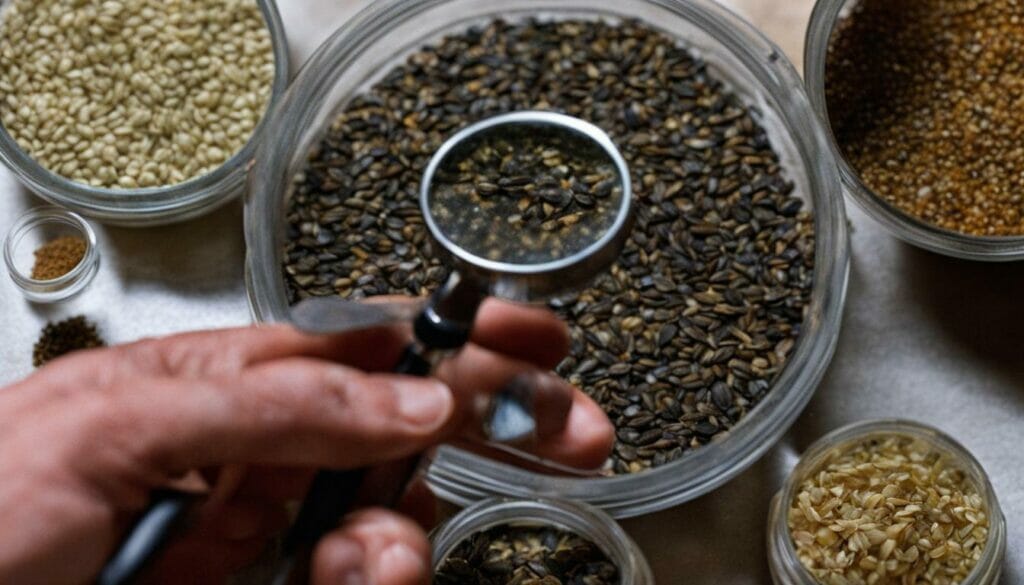
By following the techniques and tips outlined in this comprehensive guide, you can master the art of drying seeds efficiently, preserving the diversity of your seeds, and extending their lifespan.
How To Dry Your Seeds: Conclusion
Mastering the art of drying seeds efficiently takes practice and patience, but the rewards are well worth the effort. At SeedsHereNow.com, we offer a wide range of high-quality seeds and resources to support your gardening journey. Start implementing these methods today and unlock the full potential of your seed-saving endeavors.
FAQ
How important is seed drying?
Properly drying seeds is essential for maintaining their viability and ensuring successful germination. It removes excess moisture, preventing mold, rot, and other issues that can compromise seed quality. Drying seeds also allows for easier storage and long-term preservation.
When should I harvest seeds for drying?
The timing of seed harvesting depends on the type of plant. Seeds may need to be fully mature or slightly dry before harvesting. It’s important to select the right time to ensure optimal conditions for drying.
How do I clean and prepare seeds for drying?
After harvesting, it’s crucial to clean and prepare seeds by removing debris or plant material. This helps prevent contamination and ensures maximum seed viability. I will guide you through the step-by-step process of cleaning and preparing seeds for drying.
What is the air drying method for seeds?
Air drying is a common method used for drying seeds. It involves placing seeds in an ideal environment with proper conditions, timeframes, and precautions. This method is suitable for a wide range of seeds and can be easily implemented at home.
Are there alternative seed drying methods?
Yes, while air drying is popular, there are alternative techniques you can explore. These include using desiccants, heat, or low humidity environments. Each method has its advantages and considerations, which I will outline for you.
How should I store dried seeds?
Properly storing dried seeds is crucial for maintaining their viability. I will provide you with expert tips and best practices for storing seeds, including suitable containers, ideal storage conditions, and recommended labeling methods.
Should I test seed viability after drying?
Even after proper drying, it’s a good idea to test the germination rate of your seeds. I will explain various methods to assess the viability of your seeds, ensuring you only sow those with a high likelihood of sprouting.
What if I encounter issues during seed drying?
Occasionally, challenges may arise during the seed drying process, such as mold, under-drying, or over-drying. I will address common problems and provide troubleshooting tips and solutions to help you overcome these obstacles.
How do seed-saving practices contribute to diversity preservation?
Saving seeds not only allows you to grow your garden but also plays a vital role in preserving plant diversity. I will share valuable tips and insights on seed-saving practices, emphasizing the importance of maintaining and enhancing genetic diversity in our plant populations.
Thank you for reading our FAQ section. If you have any other questions, feel free to reach out to us at SeedsHereNow.com. We are your go-to source for high-quality seeds and resources to support your gardening journey.
Back

